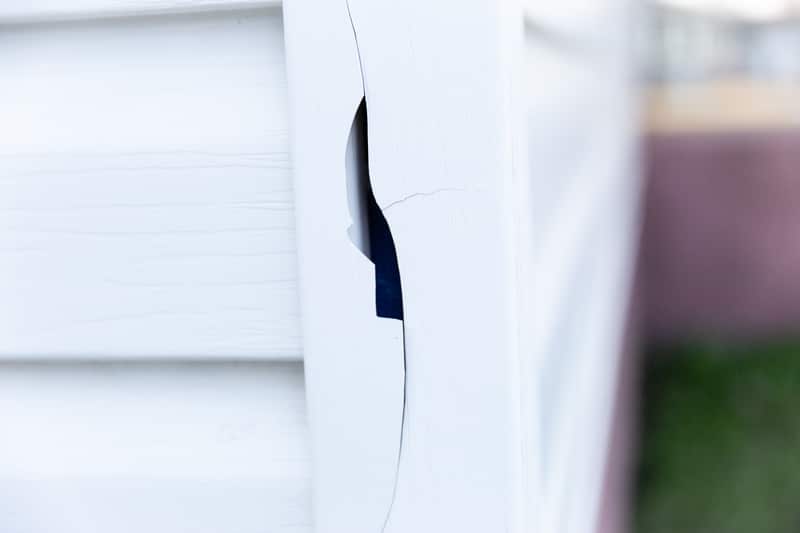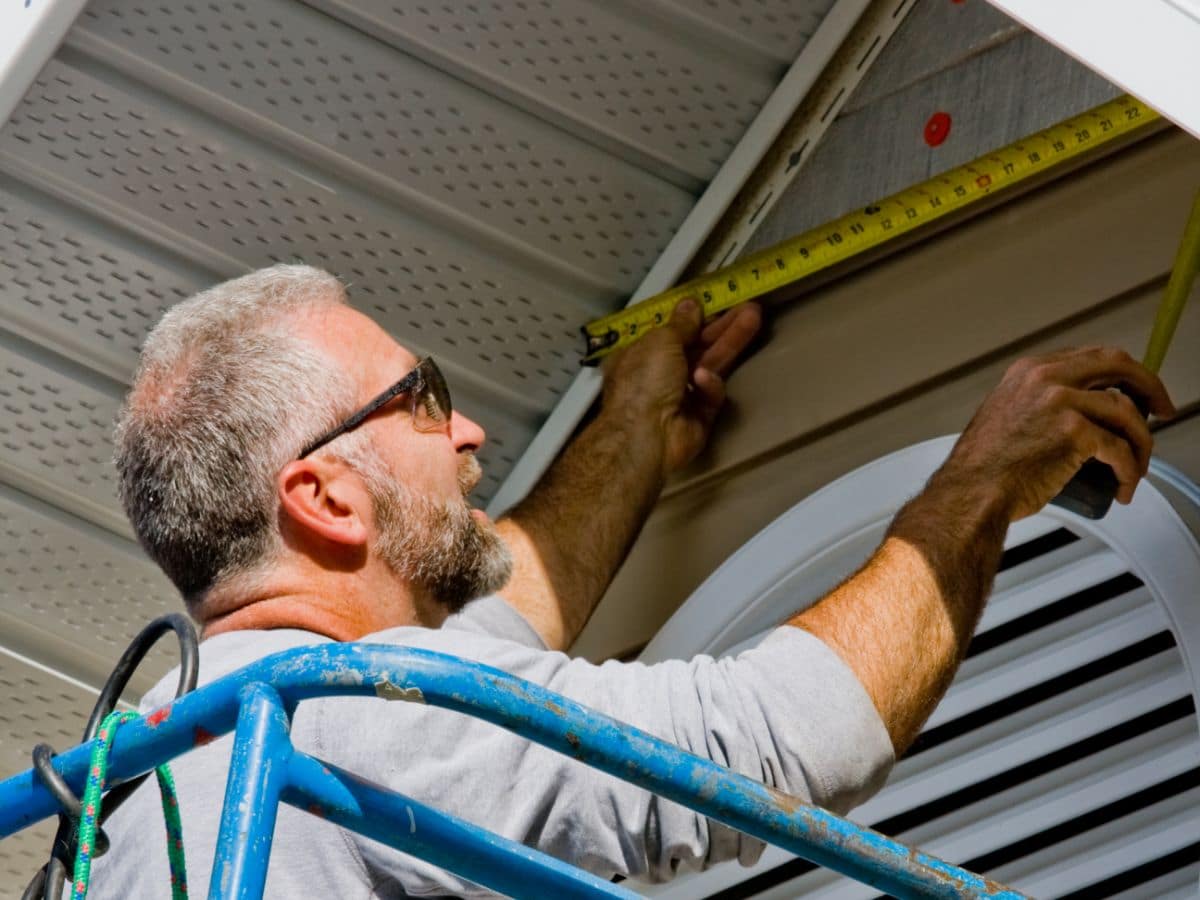Siding damage assessment is often done to support an insurance claim. It's particularly useful after storms, which is why they are sometimes referred to as storm damage assessments. During this process, a siding expert carefully inspects your property, takes digital photos, and helps prepare a repair estimate you can share with your insurance company.
Another great reason for an assessment is before selling your home. It helps show potential buyers the value of your home, and gives you an idea of a fair selling price. In fact, you may even request a bit more with a thorough assessment report. For a siding damage assessment, contact Storm Guard at a location near you!

During a siding health assessment, our siding experts will look for both visible and hidden warning signs of damage. It's also a good idea to check your siding yourself several times a year. Catching issues early helps prevent more serious problems down the road.
If you’re noticing signs of damage and are concerned, it’s a good idea to call for siding damage assessment services. Use our locator to find a trustworthy professional nearby.


As you perform regular maintenance on your home or property, it's helpful to be aware of common siding damage and the conditions that cause it.
Inclement weather is a frequent cause of siding damage. Snow and ice can cause water damage and warping. Wind may loosen siding or blow branches and debris against your home, causing holes and cracks. Two of the more serious concerns are condensation and algae growth, since water damage can eventually affect your home's structure and lead to costly repairs.
Homeowners’ insurance typically covers siding damage caused by unavoidable events. However, regular wear and tear is generally not covered.
Dents, cracks, and holes can be signs of hail damage to your siding.
Signs that your siding may need repair include cracks, warping, bubbles, fungus and mold, noticeably faded siding, higher energy bills, or peeling paint inside your home.
Preparing your home for new siding involves a few key steps for a smooth process:
Replacing siding isn’t overly complicated, but installation does require some time and basic skills.
Unless otherwise noted, each use of "Storm Guard," “us,” “we,” or “our” throughout Stormguardrc.com collectively refers to both the Storm Guard brand and the Storm Guard Franchise System, which is made up almost exclusively of independently owned and operated franchise locations.